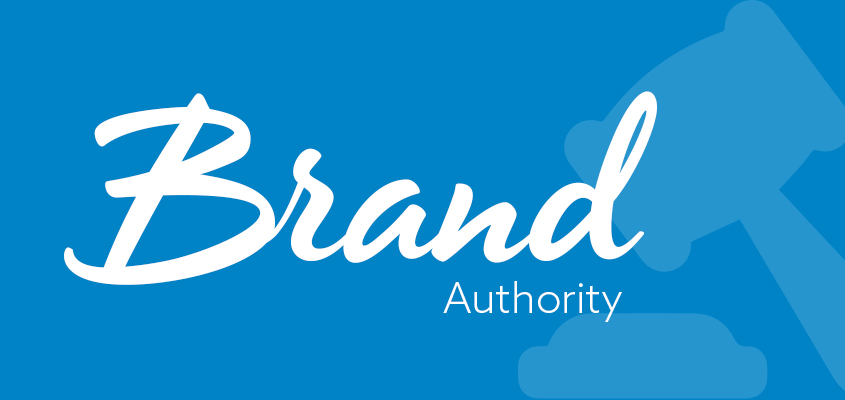Why is brand Communication on social media important?
Human beings are social and need communications to survive. Basic things like “kindly pass me the salt” go a long way to explain why we need communication. In Business the stakes are even higher.
A1. Products and services will not sell themselves but only through messages being passed around through various means. In so doing, the best kind of marketing is through your customers, clients, or opinion leaders. #AfricaTweetChat
A1. Today, to maximise brand premium, you have to go to where the clientele is and that is virtual. We are almost 8 billion people in the world and as at Jan 2021. About 4.7 billion people were recorded as active internet users, i.e, about 60% of the global population. #AfricaTweetChat
I remember in my earlier days in Communication, we did not have many of the digital platforms we have today. We still were able to transact business and I remember running a campaign to connect customers to water in Kisumu and it was a huge success. Since that worked, many might be clutching on such past successes, but times have changed rapidly especially over the last 10 years.
At KenGen, which is East Africa’s largest electricity producer, we are today looking outward and in the words of our CEO Rebecca Miano, the physical brick and mortar office is no longer fashionable and therefore brands must now opt to the new virtual workplaces. COVID-19 has actually fast-tracked this process.
However, even as it is obvious that digital media and social media is the present and the future, some caution is understandable. As explained by KenGen’s HR Director Abraham Serem in an opinion piece published in Today’s The Star Newspaper, “the true impact of the new virtual teams is yet to be known considering that COVID-19 fast-tracked the change process. This is going to be a steep learning curve for many organizations as they review their policies and processes to adapt and adjust to the new normal.”
Apart from that, brand communication in social media remains imperative considering the development of the digital media space. DataReportal Report of July 2021 indicates that;
- Global mobile users have reached 5.27 billion, equating to just under 67 percent of the world’s total population.
- The number of mobile users has grown by 2.3 percent over the past year, increasing by 117 million in 12 months – that’s almost 10 million new users per month.
- Internet users have increased by more than a quarter of a billion since this time last year, registering year-on-year growth of close to 6 percent.
- There are 4.80 billion internet users around the world today, equating to almost 61 percent of the world’s total population.
- The number of mobile users has grown by 2.3 percent over the past year, increasing by 117 million in 12 months – that’s almost 10 million new users per month.
- Internet users have increased by more than a quarter of a billion since this time last year, registering year-on-year growth of close to 6 percent.
- There are 4.80 billion internet users around the world today, equating to almost 61 percent of the world’s total population.
In light of the above, brand communication on social media is now more important than ever.
Q2. How can you leverage brand communications to change a perception online?
Many organisations will jump online to try and change perceptions especially when faced with a crisis. However, personally, I do not think this is the right approach.
Perceptions are made and broken every single day and those little things that you do as a brand add or subtract from the overall brand premium.
It is therefore advisable that you maintain brand communications all year round and sustain it into a crisis situation when you most need it.
In doing this, it is important to go back to the basic. Start by mapping your stakeholders, seek to understand their needs and then develop strategies and messages to address the specific issues.
A good part of this process is also identification of the right channels to use in the day-to-day communications which in most cases will be special for each individual or cluster of stakeholders.
I wish I was able to tell you that there is a magic wand of managing brand communications change perceptions instantly but there isn’t one. The good old strategies of traditional brand communications still apply even today as we go into digital or online brand communications.
Q3. How can brands package their communications to build authority?
Two key words: Honest and consistency. To build an authoritative brand, you first need to gain the trust of your target audiences. This is the foundation of building an enduring brand. Trust cannot be earned overnight. It results from honest and consistent messaging that must primarily be tied to the strategic plans that outline the stakeholders’ needs and the relevant solutions.
While doing so – at all times – brands should consider identifying which messages should go through which channels. Specifying the path through which you convey your messages is also imperative, especially when your audiences are of different demographics or regions.
Q4. Is corporate brand communication packaging different from personal brand? How?
From a brand communication packaging point of view, there is a thin line between two items. In most cases, corporates identify approaches through which they would want to appeal to their specific audiences for their brand to be known. They, therefore, focus on promoting the name of the business in a structured way, seeking to achieve brand affinity among its key audiences. For instance, corporates may have a way of writing their introduction, fonts on the logos, colours, e.t.c.
On the other hand, many personal brands have no structures under which they can strictly work. Many of them are flexible. Their brand communication packaging may come as needs arise and may be changed depending on the situation. The majority of personal branding will entail personal growth on matters to do with experience or even knowledge and skills.
However, with that said, both corporate brand packaging and personal brand packaging have some similarities. All the characters have similar approaches to items like the strategy, the channels, and the design since all of them are looking to establish perceptions, build behaviour, and attain their purposes.
Q5. What key points do you consider when handling a reputation crisis online?
As a brand expert, knowing what to do when you have a crisis – whether in mainstream or online – is an essential factor. First, establishing the genesis of the crisis would be imperative for the next steps of evaluating the impact of the crisis on your business.
You have ever heard of the famous quote by Winston Churchill on speaking when it is necessary? Well, that is the second move. When Churchill says that: You will never reach your destination if you stop and throw stones at every dog that barks, he clearly outlines that there comes a time when speaking or responding to an online crisis without a plan is also dangerous. Therefore, one needs to identify who is speaking and their backgrounds.
After that, establishing a plan – or “unleashing” one that exists becomes necessary.
Once you have done so, you should develop a plan that will outline the key messages to be issued, which are true and unbiased. In many cases, finding a third voice to air your key messages will be appropriate and more effective than a case where you are the one driving the agenda.
In this case, you also need to identify the right people to drive your message and the right time. On-time, I mean, do not take too much time to give your side of the story and when you do it, make sure it reflects your true position while assuring your audience of making things right from the crisis.
Once you have done so, it is also important to keep consistency in your message on what you are doing and the measures you have taken to ensure things are done right, so the crisis does not happen again.
Q6. Do brand assets like logos and colors part of brand communications? How?
Yes. We have said, time and time again, that perception is a key element in branding. Logos and colours enable your branding to stand out in a flooded market where you can offer the same services as your competitors. The differentiation aspect also enables your customers to link your products to quality, differentiating them from others.
On the color item in brand communication, it is important to note that color is the first thing people see when they see your product. In addition to that, colour psychology is an element that branding communicators must how to use.
According to the study by Labrecque, L.I., Milne, G.R. titled: Exciting red and competent blue: the importance of colour in marketing, the researchers provide a framework and empirical evidence that draws on research in colour psychology.
In another study titled “Impact of colour in marketing,” the researchers reveal that 90 per cent of customers’ product judgments are based on the colour theme.









